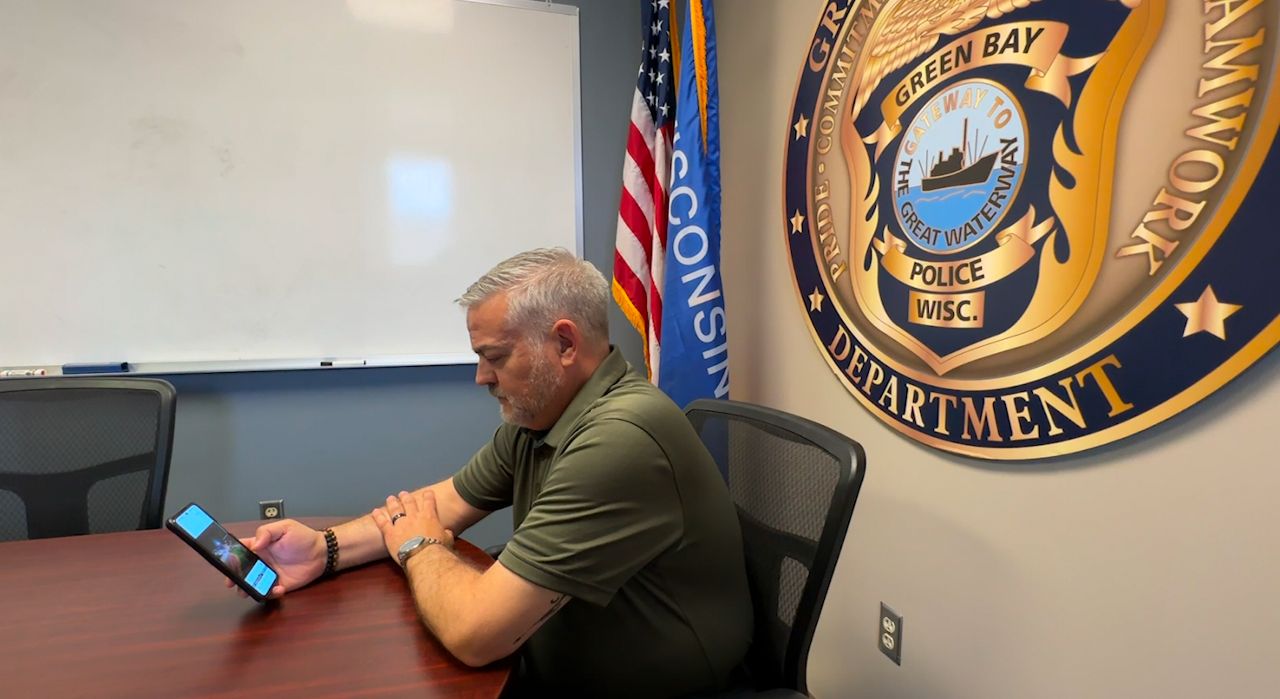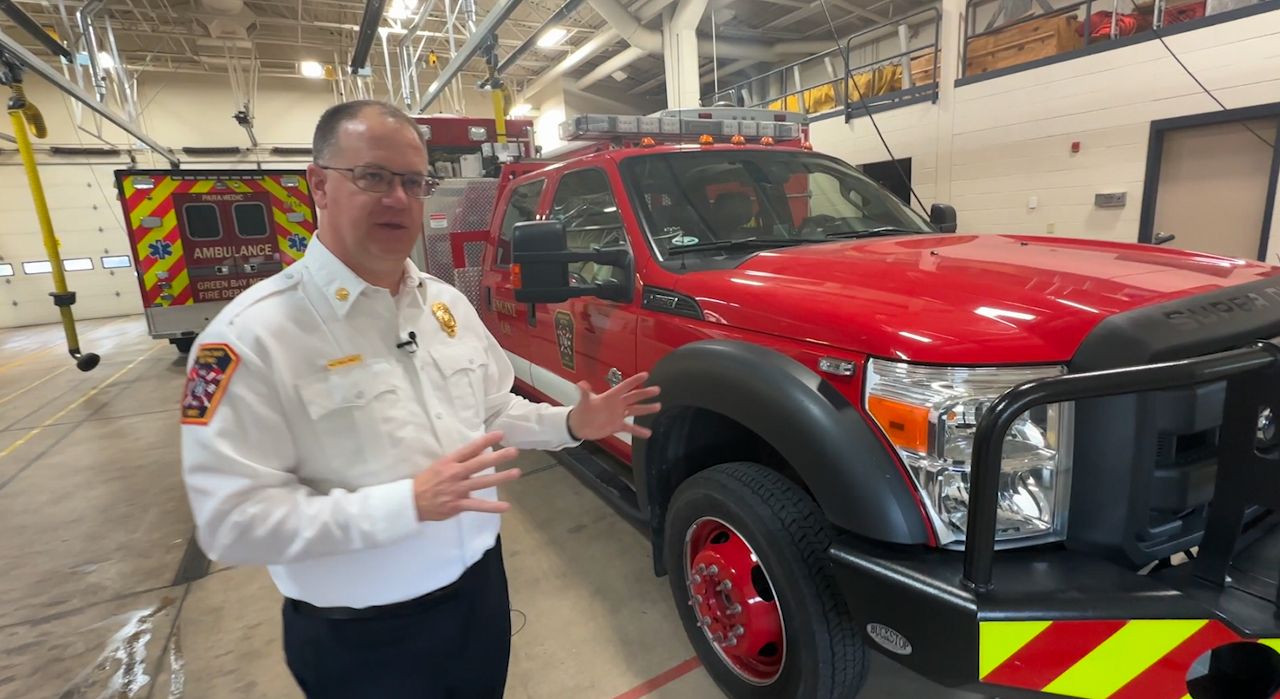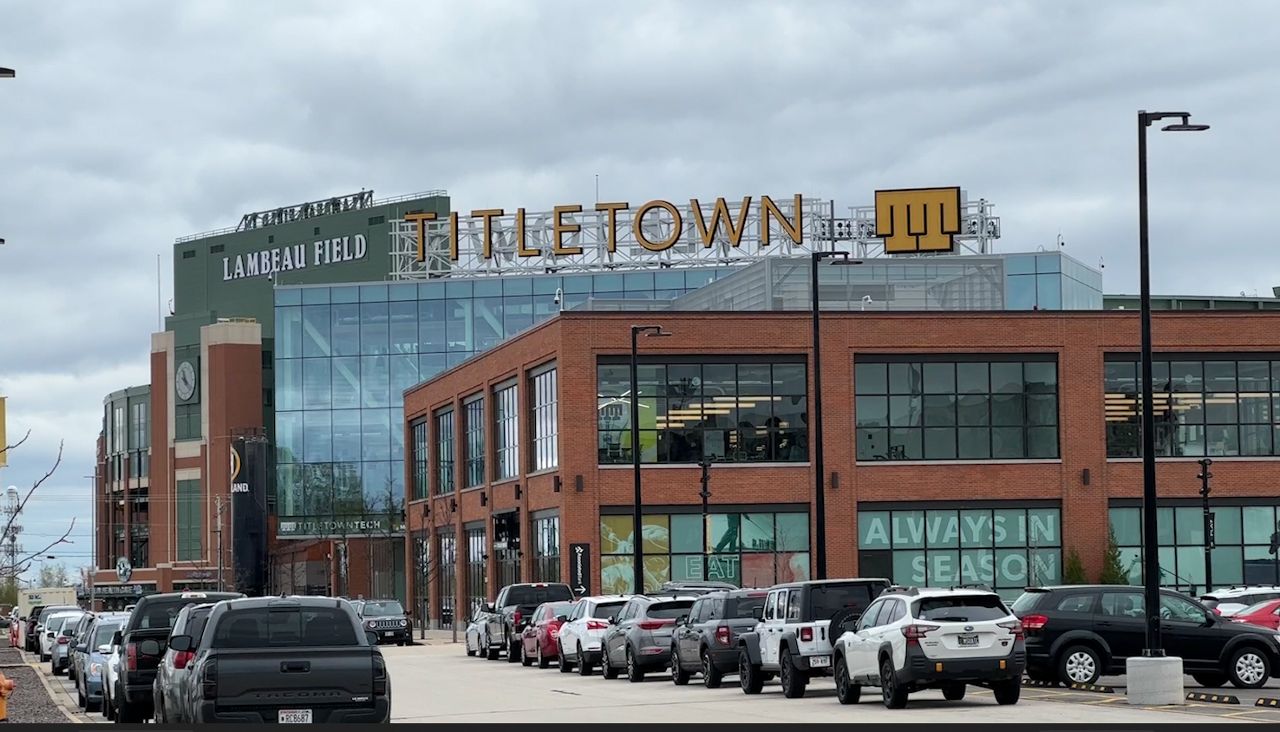GREEN BAY, Wis. — For weeks Capt. Ben Allen of the Green Bay Police Department has been getting an inside look at how security for the NFL Draft works.
That’s important. Next year it will be in Green Bay and Ashwaubenon.
“Going back there the week of the draft was an amazing experience,” Allen said. “It really kind of put everything together for me, from what we knew about what we were going to do here locally to the implementation of what they had talked to me about and gone through with me the weeks prior to that.”
Detroit hosted the draft last week and saw a record number of people at the event. The NFL said Tuesday 775,000 people attended the downtown event.
The cityscape in Detroit included some aspects absent from the Lambeau area — like high-rise buildings.
“Not to mention the high-rise buildings that were across that entire downtown footprint area. We don’t have that challenge,” Allen said. “We have a more wide open space. We have a space we’re very familiar with in working with large crowds. Working gamedays with the Packers and any event at Lambeau Field”

The 2025 draft is scheduled for April 24-26. It’s expected to be centered around Lambeau Field and the adjacent Titletown and Resch Complex areas.
Like Allen, Green Bay Metro Fire Department Chief Matthew Knott was in Detroit last week to get a first-hand look. He said the department has equipment for working special events throughout the year in Green Bay.
“We have some different things we can move our firefighters and paramedics around, including smaller vehicles, bikes, carts like UTVs to move people around to get those right resources to patients and get them out of those areas,” Knott said.

Interagency relationships also play an important part in hosting a successful event.
“Those are things we do every week during football season,” Knott said. “We hope to just strengthen those relationships, develop good plans and ensure people are having a great time and then we’ll worry about the safety and security of those events as we go.”
Allen said flexibility will be part of that planning. He saw it in action in Detroit.
“They had to change some of the pedestrian routes because of the influx of people. During their planning they thought maybe 400,000 people, so adding almost 400,000 more to that mix,” he said. “But they handled it because they were flexible and because they had a good plan in place that they could adjust on the fly.”



